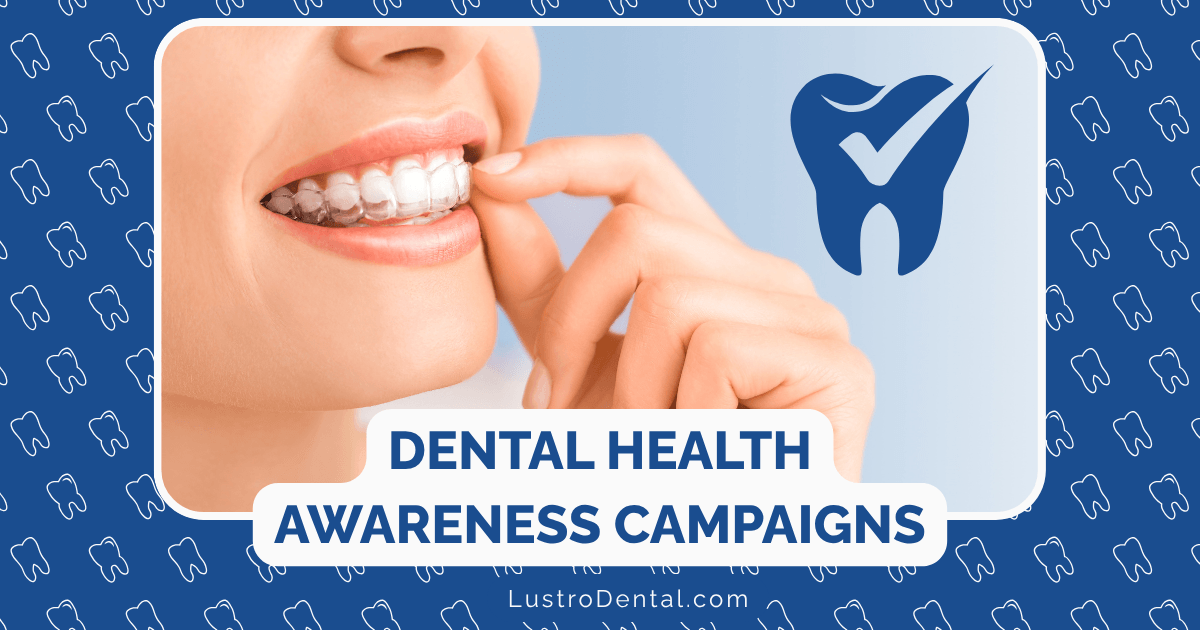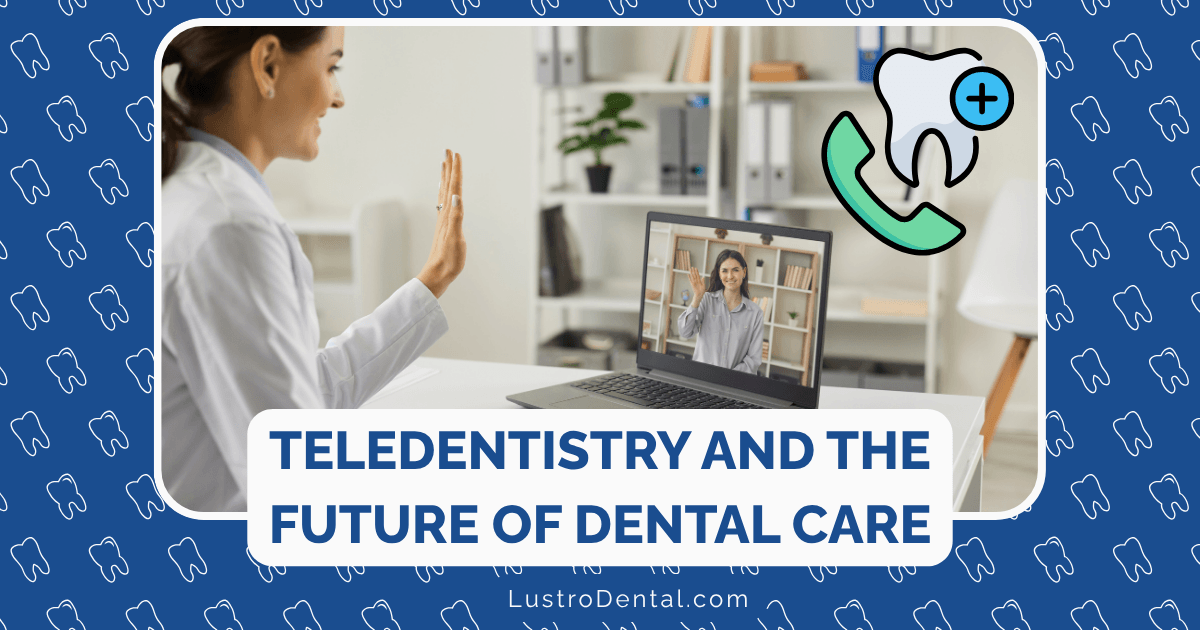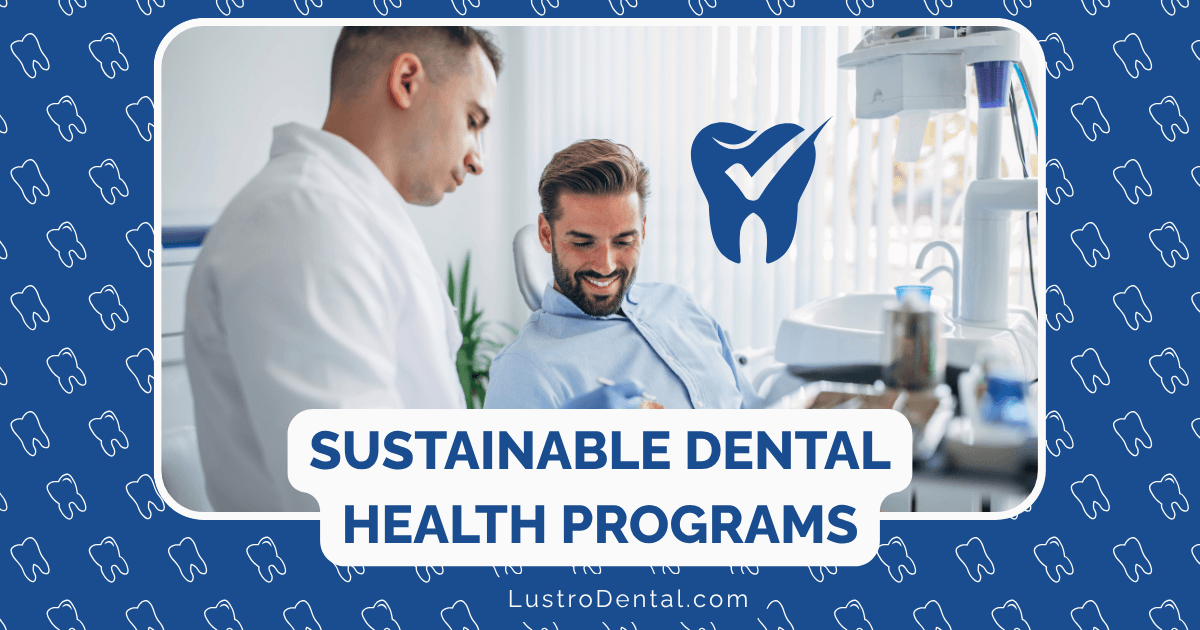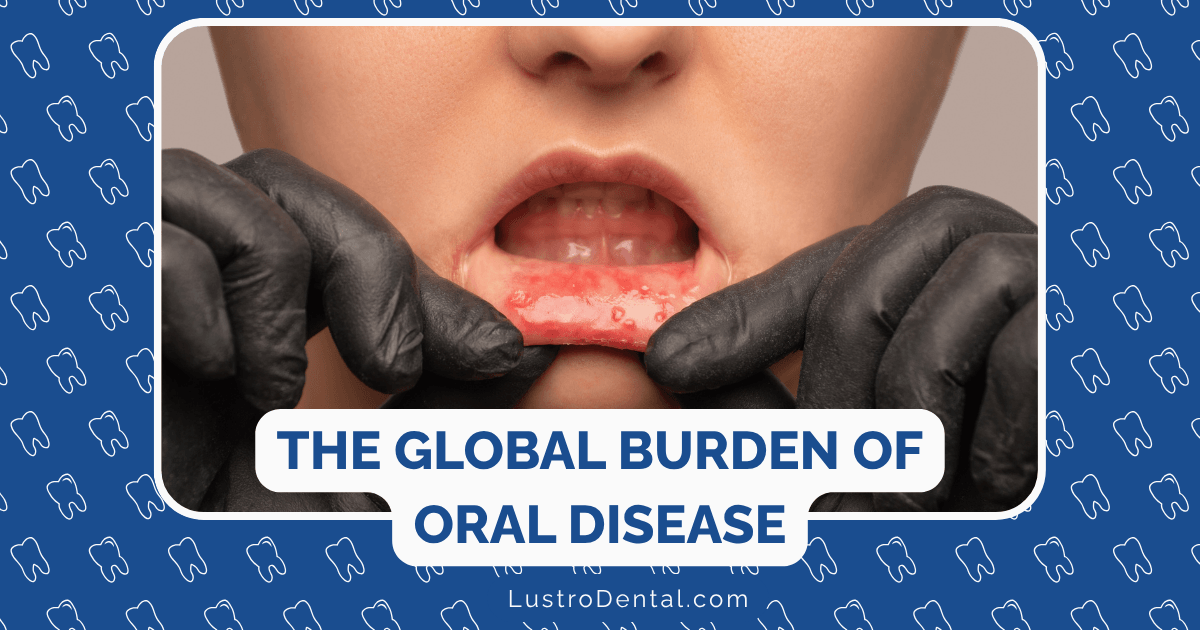Dental Health Awareness Campaigns: Getting Involved in Your Community

In communities across America, preventable dental issues continue to affect quality of life, school attendance, and even employment opportunities. The good news? Local dental health awareness campaigns can make a significant difference—and you don’t need to be a dental professional to contribute.
Whether you’re a concerned parent, a dental practitioner, or a community advocate, this guide will walk you through practical ways to champion oral health in your neighborhood. Let’s explore how your involvement can help create healthier, happier smiles throughout your community.
Why Community Dental Health Campaigns Matter
Before diving into the “how,” let’s understand the “why.” According to the Centers for Disease Control and Prevention, more than 1 in 4 adults in the United States have untreated tooth decay, and nearly half of all adults over 30 show signs of gum disease. These statistics are even more concerning in underserved communities.
Local awareness campaigns address these issues by:
- Increasing access to preventive dental care
- Educating community members about proper oral hygiene
- Connecting people with affordable treatment options
- Reducing the stigma around dental health issues
- Building partnerships between dental professionals and community organizations
As the American Dental Association notes, community-based prevention is one of the most cost-effective ways to improve public health outcomes.
Getting Started: Finding Your Place in Dental Health Advocacy
1. Assess Community Needs
Before launching any initiative, understand what your community actually needs:
- Conduct informal surveys at local events or through neighborhood social media groups
- Connect with school nurses who often have firsthand knowledge of children’s dental health challenges
- Reach out to local dental practices to learn what issues they commonly see
- Check with community centers and senior facilities about gaps in dental care for various age groups
This foundational research ensures your efforts address real needs rather than presumed ones.
2. Identify Existing Resources and Partners
Don’t reinvent the wheel. Many communities already have dental health initiatives that could use additional support:
- Federally Qualified Health Centers (FQHCs) often provide dental services on sliding fee scales
- Dental schools frequently offer community outreach programs and reduced-cost care
- State dental associations typically have public health committees and resources
- Local health departments may have oral health coordinators or programs
- Non-profit organizations like America’s ToothFairy offer community education materials
For example, the University of Minnesota School of Dentistry collaborates with 21 affiliate clinics across three states, providing both care to communities and valuable experience for dental students.
Campaign Ideas That Make an Impact
1. School-Based Initiatives
Schools provide an ideal setting to reach children and their families:
- Classroom presentations using age-appropriate materials from the American Dental Association’s MouthHealthy Kids resource
- School screening programs in partnership with local dental professionals
- Toothbrush drives to ensure every child has basic dental supplies
- Healthy lunch campaigns highlighting tooth-friendly food choices
- Dental health science fairs that make learning about oral health interactive and fun
Ready Set Smile, a non-profit organization, demonstrates the effectiveness of this approach through their school-based dental care programs that target children facing financial or transportation barriers.
2. Community Education Events
Take dental health education beyond schools:
- Library workshops on topics ranging from infant oral care to senior dental health
- Farmers market booths connecting healthy eating with oral health
- Community center seminars addressing specific needs like dental care during pregnancy
- Senior center presentations on maintaining oral health with age
- Multilingual education sessions ensuring information reaches all community members
When planning these events, the World Oral Health Day campaign offers free, downloadable resources in multiple languages that can be adapted for local use.
3. Screening and Service Events
Partner with dental professionals to provide direct services:
- Free screening days at community centers or religious facilities
- Mobile dental clinic visits to underserved neighborhoods
- Sealant programs targeting school-age children
- Fluoride varnish applications at community events
- Dental supply distribution coupled with demonstration of proper use
The Mobile Dental Clinic (MDC) model has proven effective in providing services to underserved populations while connecting patients with ongoing care options.
Digital Advocacy: Amplifying Your Message
1. Social Media Campaigns
Leverage digital platforms to spread awareness:
- Create shareable infographics highlighting dental health facts
- Develop a consistent hashtag for your community’s dental health efforts
- Share success stories from local dental health initiatives
- Host live Q&A sessions with dental professionals
- Run targeted awareness campaigns during National Children’s Dental Health Month (February) or Oral Health Month (June)
The 2025 World Oral Health Day campaign generated over 1 billion media impressions by using consistent messaging and shareable content across platforms.
2. Local Media Engagement
Traditional media remains powerful for community outreach:
- Write op-eds for local newspapers about dental health issues
- Pitch human interest stories about community members helped by dental initiatives
- Secure radio interviews during key awareness months
- Create PSAs for local television stations
- Invite media coverage of your dental health events
Media coverage not only spreads your message but also legitimizes your campaign and can attract additional partners and funding.
Funding Your Dental Health Initiative
Sustainable campaigns require resources:
- Apply for community health grants from foundations like the DentaQuest Partnership
- Seek sponsorships from local businesses, especially those with health connections
- Partner with dental suppliers who may donate products for community distribution
- Organize fundraising events with dental health themes
- Explore matching gift programs from larger corporations in your area
Remember that even small-scale, well-executed initiatives can make a significant difference. Start where you are with the resources available.
Measuring Success and Sustaining Momentum
1. Track Meaningful Metrics
Effective campaigns measure impact:
- Number of individuals reached through education efforts
- Screenings conducted and referrals made
- Dental supplies distributed
- Follow-up care secured
- Changes in knowledge and behavior through pre and post surveys
These metrics help demonstrate value to partners and funders while identifying areas for improvement.
2. Celebrate and Share Successes
Recognition sustains volunteer engagement:
- Hold appreciation events for volunteers and partners
- Share impact stories through community newsletters
- Apply for community service awards
- Create annual impact reports
- Build a photo and testimonial archive
The World Oral Health Day Awards program exemplifies how recognition can motivate continued participation in dental health initiatives.
Real-World Success: Community Campaign Case Studies
The Senior Smile Initiative
A retirement community in Arizona partnered with a local dental hygiene school to address the often-overlooked oral health needs of seniors. Their monthly clinics provided:
- Free screenings and cleanings
- Education on caring for dentures and implants
- Assistance navigating Medicare and supplemental insurance
- Connections to senior-friendly dental providers
Within one year, emergency dental visits among residents decreased by 35%, demonstrating the preventive power of community-based care.
Healthy Smiles for New Americans
A resettlement agency collaborated with volunteer dentists to create a dental health program specifically for refugee families. Understanding that dental care systems vary widely around the world, they developed:
- Culturally sensitive educational materials in multiple languages
- A “dental health buddy” program pairing new arrivals with established residents
- Regular clinic days with interpreters present
- A pathway to establishing dental homes for ongoing care
This program has become a model for integrating dental health into comprehensive refugee support services.
Conclusion: Your Role in Community Dental Health
Improving community dental health doesn’t happen overnight, but persistent, collaborative efforts yield meaningful results. Whether you contribute through organizing events, volunteering professional skills, or simply spreading awareness, your involvement matters.
The most successful dental health campaigns share common elements: they address specific community needs, build strong partnerships, provide practical education, and create pathways to care. By incorporating these principles into your efforts, you can help build a community where healthy smiles are accessible to everyone.
Ready to get started? Begin by reaching out to your local dental society or health department to learn about existing initiatives that might welcome your support. Sometimes, the most impactful community involvement starts with a simple conversation about how you can help.
What dental health needs do you see in your community? Share your thoughts and experiences in the comments below.







